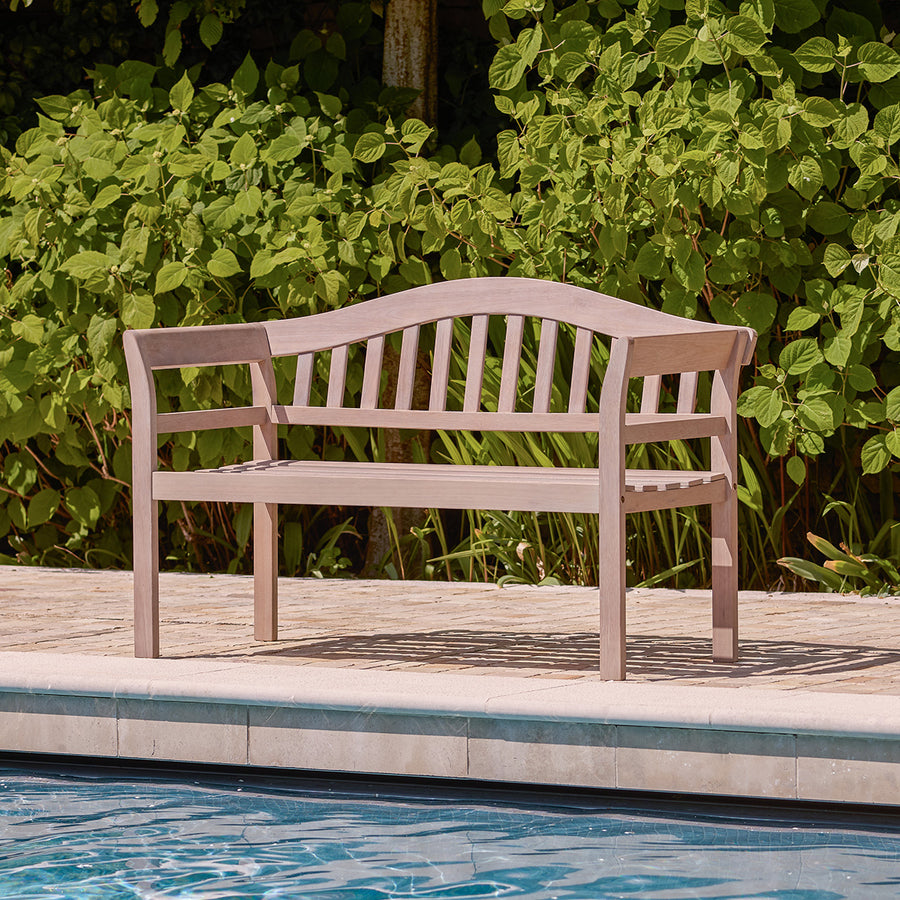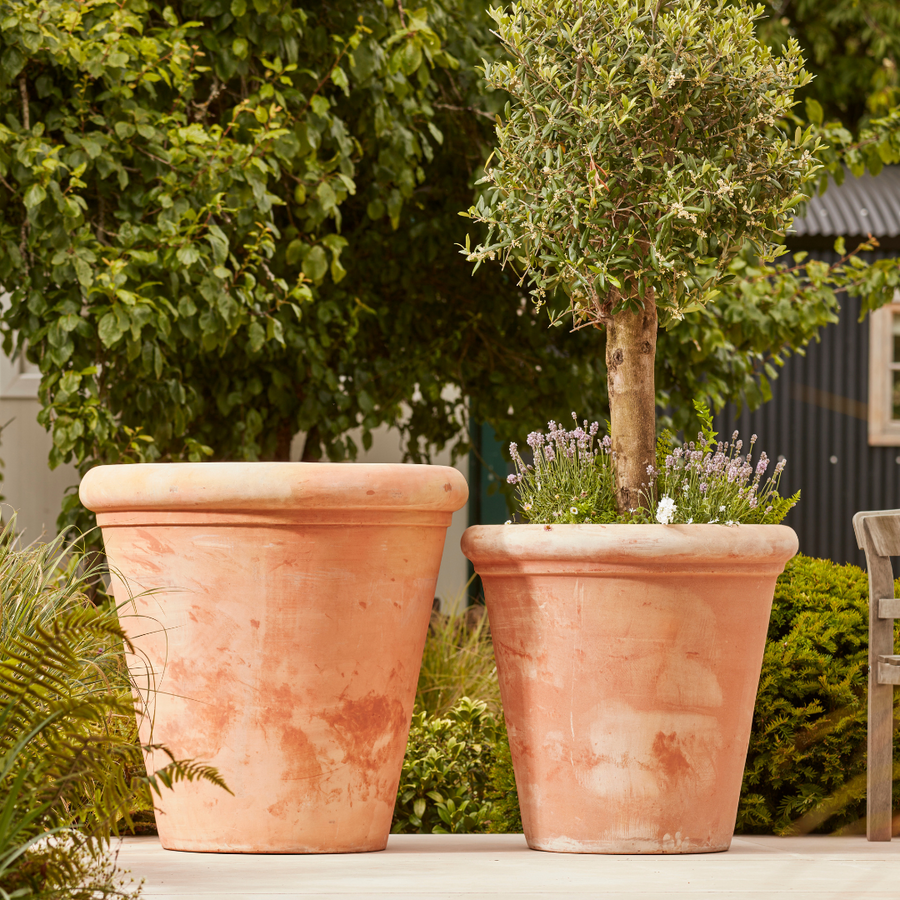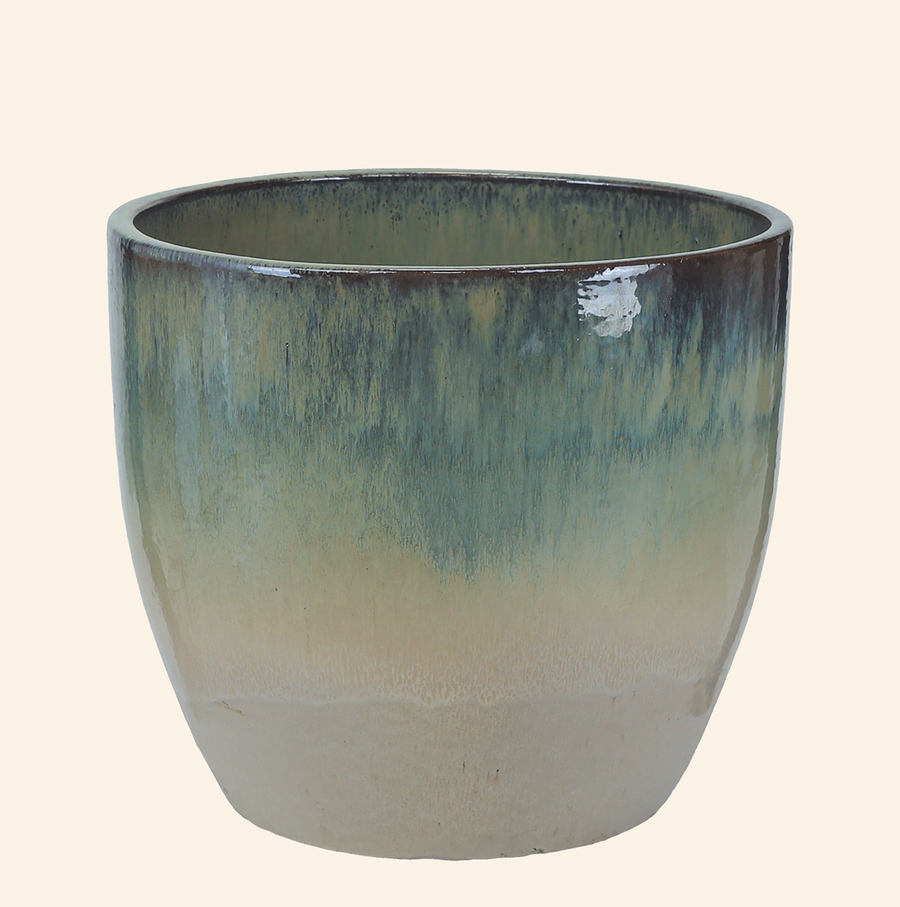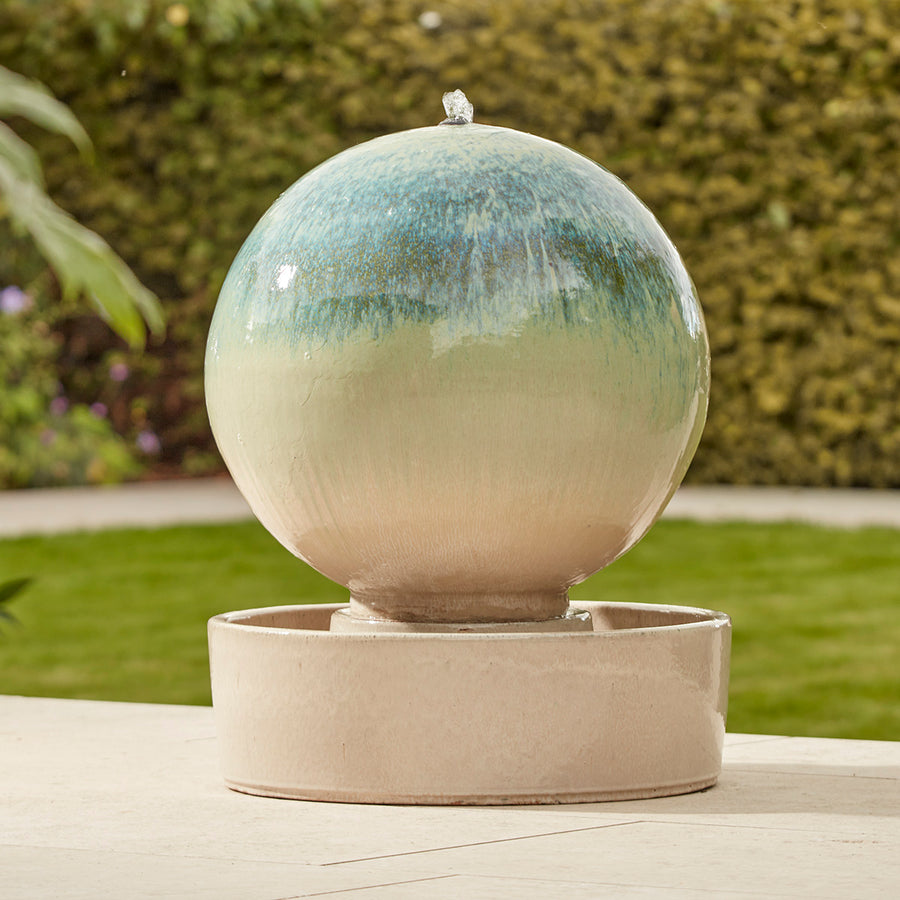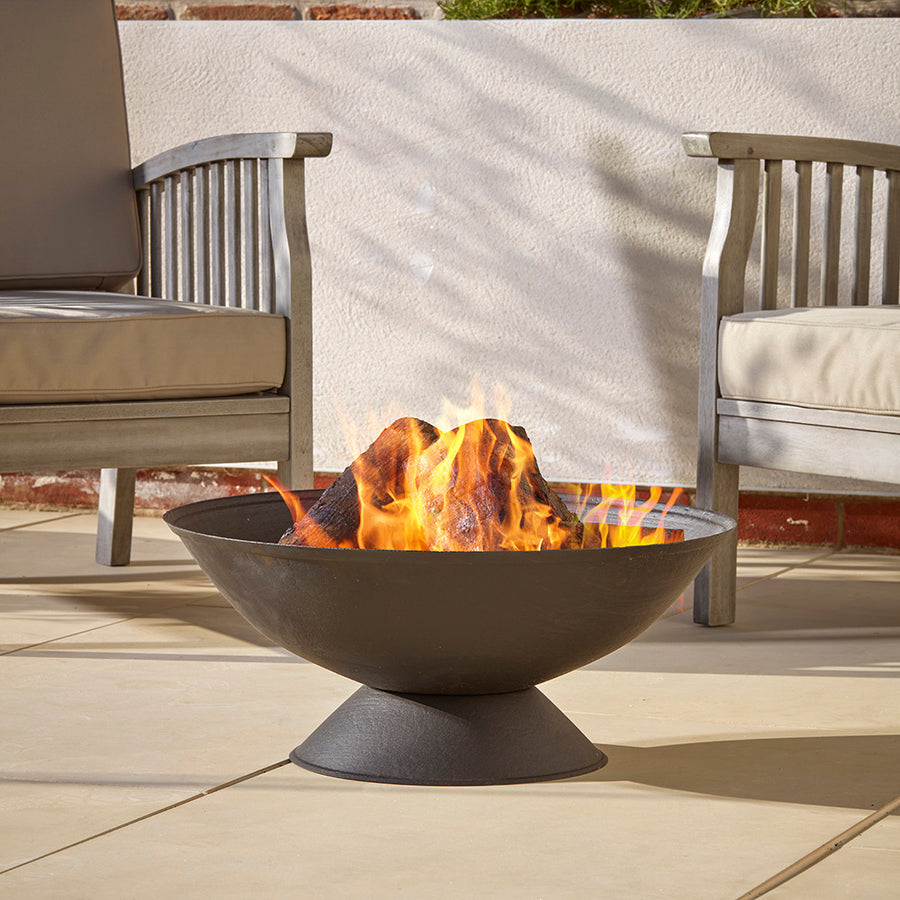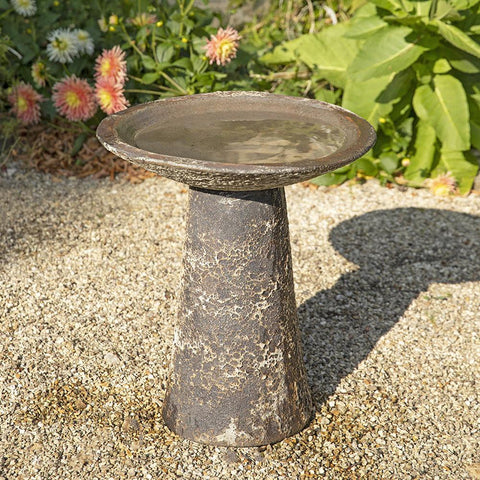A New Beginning - January In The Garden
A New Year and a new beginning for our garden. January provides us with an opportunity to plan changes in our outdoor spaces and is a time of preparation and planning for the year ahead. It is the perfect excuse to get some fresh air and get your outdoor space ready to flourish in spring.
Even though the weather is cold there are still plenty of January gardening jobs, we take a look at what you can do to ensure your garden gets a strong start.
Plants
There are plenty of options for winter colour that can be planted now. Flowering shrubs such as daphne, winter honeysuckle and winter jasmine can bring some cheer, along with stunning scent with flowers to enjoy from now until early spring, whilst heather and cyclamen can bring a burst of uplifting colour. Hardy annuals such as begonias, geraniums, lobelia, hollyhocks and sweet peas can be sown now under cover.
It may surprise you but the best time to plant bare root roses is in winter. Roses are in their dormant phase between autumn and spring and as long as the ground is not waterlogged or frozen, can be planted straight away.
Winter flowering container displays can also bring much needed life in the greyer days, giving your garden a whole new dimension between December to March. Fill planters with flowers and plants such as pansies, violas, primrose and polyanthus for displays that will brighten the January days or evergreen shrubs for colour all year round.
Grow your own
January is a great time to start planning the fruit and vegetables for your kitchen garden or allotment. When it comes to growing vegetables, anything you plant in January will be ready to harvest from around mid-Spring.
Vegetable seeds to start undercover now include beetroot, broad beans, cabbage, carrots, garlic, kale, onions and shallots, seed potatoes, spinach and turnips. You can also continue to plant fruit bushes up until February.

Garden maintenance
January is a busy maintenance month which includes pruning apple and pear trees, whilst rose bushes can be cut when they are dormant . Now is the time to tackle flowering perennials by deadheading in winter and cutting them down to ground level so they flourish later in the year. Both ornamental and fruit trees and shrubs can also be trimmed to encourage growth in the coming seasons.
Clean patios, pathways and decks with a pressure washer to remove moss and slime that may make the surface slippery. Time to organise your garden shed and sharpen your tools ready for use.
Check your existing gardenware for winter damage, dust and scrub your seed trays and labels. Make sure you are fully stocked with containers and planters. We recommend the pots you choose are frost-resistant and frost-proof, glazed ceramic pots survive the elements much better and add colour to darker days.
Garden birds
The colder weather and the need for food will often drive birds into your garden.
At this time of year, our avian visitors will really appreciate any food and water that you leave out for them. Fat balls and treats are excellent energy providers for them during the winter months.
It’s also important to make sure that bird baths are kept clean and that the water isn’t frozen over so they have somewhere to drink and bathe.
Houseplants
Your houseplants will need some TLC in the winter. Check them regularly to see if they need watering and keep an eye out for any pest problems. They won’t need much watering at this time as they will be dormant – this is one of the most common reasons for house plants failing. Only feed house plants that are in flower with a high potash liquid feed.


